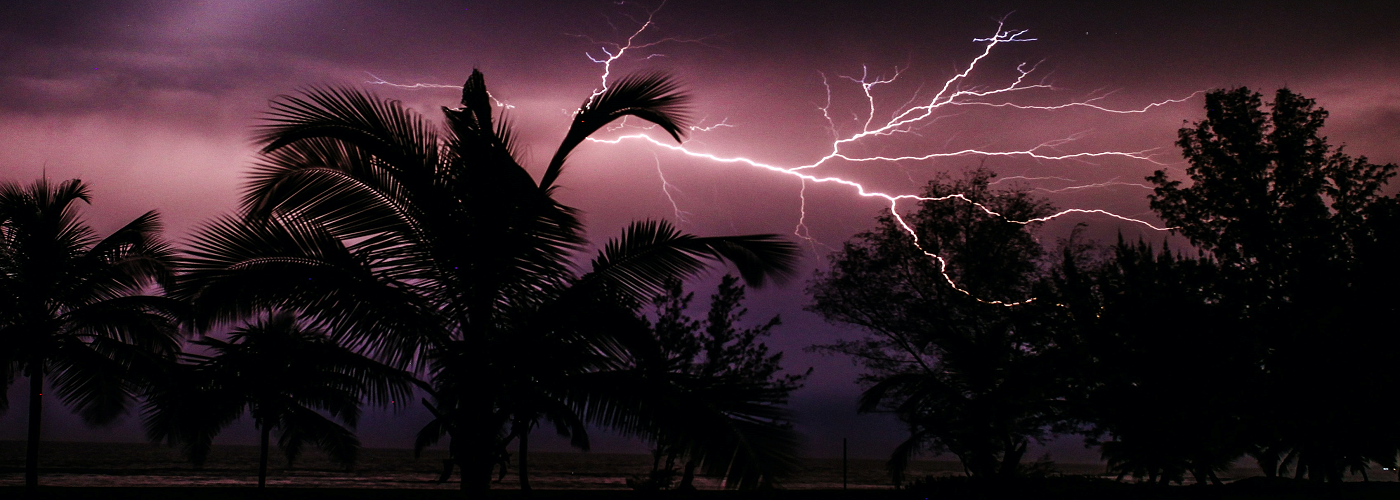

It's a satellite that has been in orbit since 2016 and in operational service since late 2017, now the geostationary satellite GOES-16 is uncovering new clues to help forecasters better predict the intensity of the monster storms known as hurricanes in the Atlantic Ocean.
GOES-16 includes a sensor called a Geostationary Lightning Mapper (GLM) which allows meteorologists to have a near real-time view of lightning in thunderstorms from space. Previously, it was known that increased levels of lightning are important indicators that a particular storm is strengthening and becoming more severe. GOES-16 is now allowing meteorologists to hone this knowledge particularly for hurricanes, whose intensity is still very difficult to forecast.
In a 2021 study by NASA researchers, GOES-16 lightning data from 2019's Hurricane Dorian, which ravaged the Bahamas as a catastrophic Category 5, revealed some interesting trends when compared with the storm's life cycle. During a period of rapid intensification, Dorian exhibited increased lightning activity, but lightning was three times more frequent during a subsequent weakening period of the storm.
However, the data from GOES-16 also revealed a key difference between the increased lightning activity during Dorian's strengthening versus its weakening phase. During Dorian's rapid intensification, the GLM detected lightning flashes that were larger and more energetic than during the weakening period. So, although lightning was more frequent during the weakening of Dorian, these flashes were smaller and less energetic.
Further research using GOES-16 will still be needed on more hurricanes to determine if the lightning trends from Dorian are true of the trends in other hurricanes, as well. Furthermore, the researchers point out that the location of increased lightning activity within a hurricane may also aid in differentiating between a strengthening and a weakening phase.

